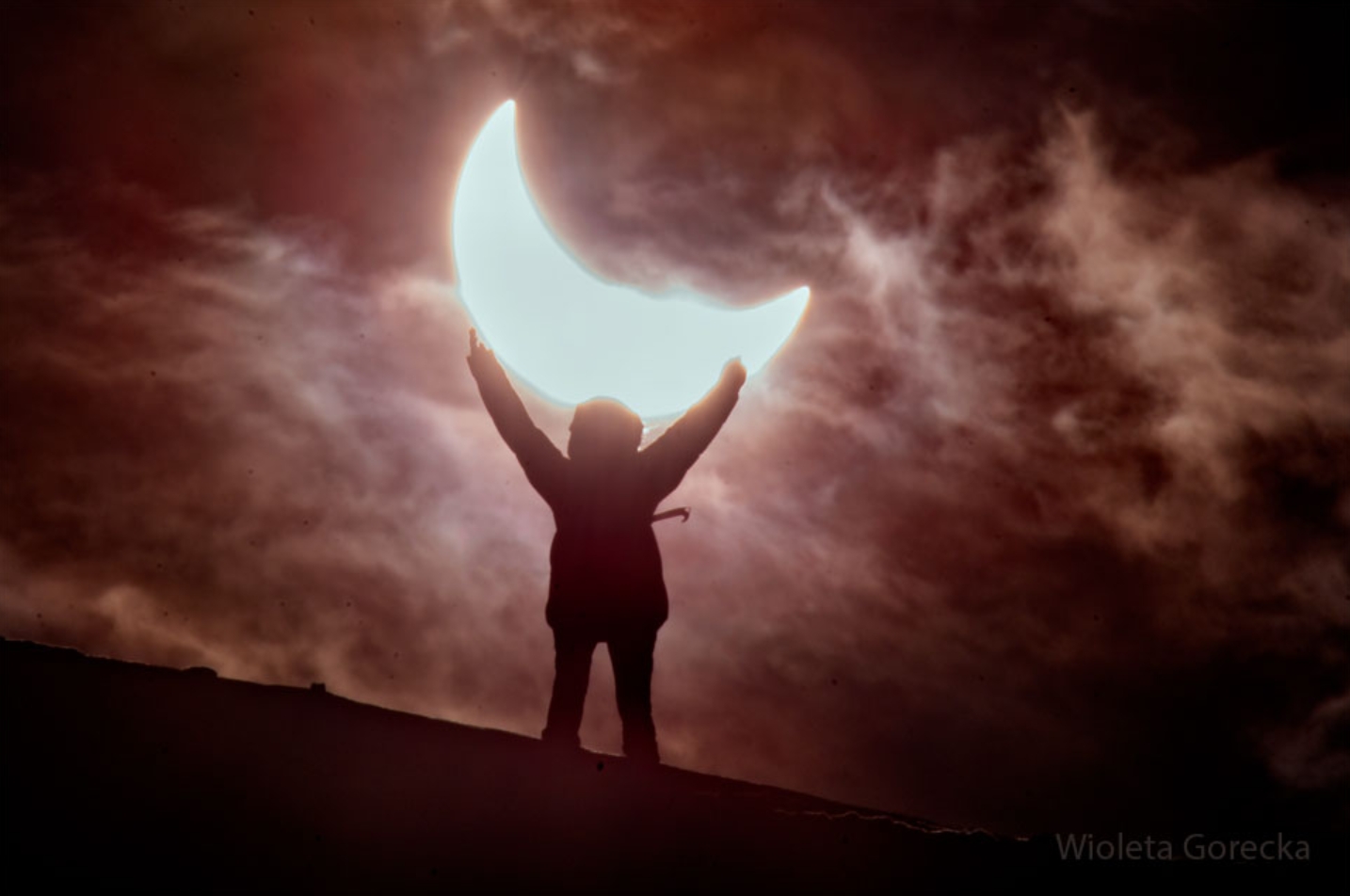In 2025, we can experience two partial solar eclipses. The first will be visible on most of the European continent, although it won’t be significant (Pic. 1).

LINK TO MAIN MARCH 29, 2025 PARTIAL SOLAR ECLIPSE MAP
This eclipse resembles three previous ones, which occurred in Europe just recently.
The first one was on June 21, 2020, which was quite the opposite of the one we expected in late March. The following one, on June 10, 2021, was similar. Finally, on October 25, 2022, the partial solar eclipse was the deepest in obscuration across the continent, reaching over 80% near the Ural mountain range in northern Russia.
The text about the 2020 one can be reached here. It shows how a small partial eclipse can be valuable from an observational point of view. The summary texts about 2021 and 2022 are available here once completed. They show the observations, which can be carried out during the partiality not exceeding 25% in obscuration. March 29, 2025, the eclipse will be Europe’s second deepest partial eclipse in this decade as far as the geometrical limit of visibility is considered (read the 2024 page for more details). The largest obscuration at Bjargtangar Lighthouse (Iceland) will reach over 70%. It’s precisely the same place where, almost a year and a half later, the 2m13s totality will occur, marking the most extended 2026 totality over European lands.
Relatively quite large obscuration will be observed on Svalbard, Jan Mayen, Rockall, and the Faroe Islands (over 50%), St. Kilda (49%), Bear Island (46%), and the northwesternmost lands of the UK (over 40%).
Despite slight partiality over the continent, we still have interesting things to look at.
For observers in the western part of the continent, we can experiment with a white sheet, taking pictures during the greatest eclipse and after (or before) it. This article will soon describe the experiment.
Astronomers can try to hunt lunar disks inside the entire penumbral area, hiding the solar prominences just before and right after the partial eclipse. Let’s call these the « 0 contacts » and « V contacts« . The image below presents how the event could look (Pic. 2).

For observation such as this, the H-alpha equipment is required. The H-alpha setting lets us discover a fantastic solar environment, which you can read about here.
Finally, the solar eclipse’s impact on energy production will be interesting because the greatest eclipse occurs around midday, when the Sun is at its highest above the horizon. This particular information should be expected in this article when it is finished.
OBSERVATION RESULTS
This text describes the crucial observation results from Poland. One « contact 0 » sequence can be seen beneath (Pic. 3).

Moreover, let’s see the observation results from the Cambridge Astronomy Association I belong to (Pic. 4)

More about the entire observation from the Institute of Astronomy at the University of Cambridge can be found in this link.
There are also nice partiality reports from Iceland, where the eclipse was the greatest on the European continent. I can share the ones from the Polish environment. (Pic. 5).

especially, one of the works was granted as Astronomy Picture of the Day on March 30.

Honestly, I do not like images such as the one above. As a scientifically oriented person, I look forward to seeing something valuable from a substantive point of view. However, I am glad that the APOD was granted to a Polish woman who captured the partial solar eclipse in its almost greatest phase in Europe. Congratulations!
This eclipse will be remembered as one of a couple of game-changing and successful observations you can read about in this link.
Mariusz Krukar
Links:
Wiki:
Youtube: